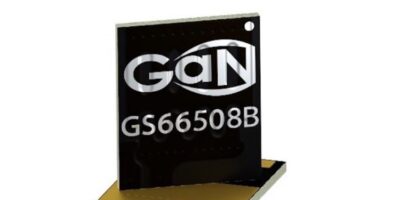High definition (HD) maps are a critical element of autonomous driving and must deliver accurate, real-time information to help safely guide the vehicle to its destination. Announcing a collaboration with Momenta, an autonomous driving technology company based in China, Analog Devices will develop HD maps in autonomous vehicles. Analog Devices’ inertial measurement units (IMUs) will be used to improve the mapping system and technology upgrades in Momenta’s L3 freeway ramp-to-ramp and L4 full autonomy driving mapping software.
Under poor weather conditions, or when a GPS signal is lost, an IMU delivers mapping output. Analog Devices’ IMUs will enhance Momenta’s mapping software to meet the demanding accuracy requirements of HD maps. Analog Devices points out that its IMUs exceed the value/performance ratio of higher cost alternative sensors based on fibre optic gyro or laser gyro technologies.
Momenta’s vision-based semantic HD maps are crowdsourced, highly accurate and frequently updated. They provide map update and localisation services. Momenta is also able to leverage modules mounted on taxis, trucks and buses to create a
Momenta’s team includes experts on computer vision and deep learning, including one of the authors of Faster R-CNN and ResNet, the influential deep learning network.
Analog Devices has more than 30 years of experience in MEMS inertial sensor design. Its MEMS IMUs have been applied in the avionics and smart agriculture sectors, which have similar requirements to those for autonomous driving. Analog Devices’ MEMS IMUs are capable of maintaining critical specifications such as bias, sensitivity, and cross-axis sensitivity under all conditions, including time variation, shock, vibration, and temperature conditions.







